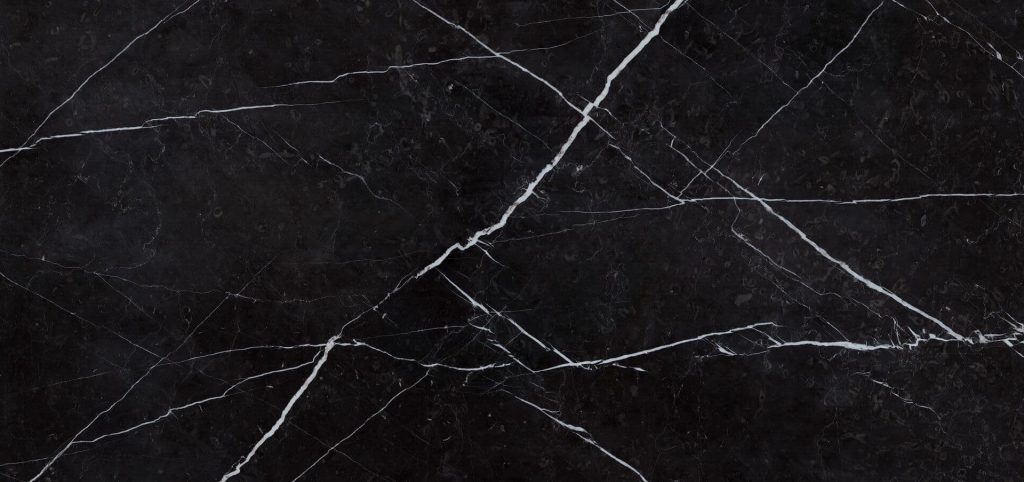Marble Kitchen Flooring – The Pro’s and Con’s

If you’re still undecided about what type of flooring to have in your kitchen, marble should be a strong contender. Its natural beauty gives an air of elegance and sophistication to any room. But before you finalize your decision, be armed with the facts – here are the main pro’s and con’s of having marble kitchen flooring:
The Pro’s
Appearance: without a doubt, marble kitchen flooring will look stunning and will add value to your home. It’s a finish that many people long to have simply because it gives a luxurious and polished finish to complete the kitchen area.
Natural: marble is quarried from the earth. It is wholly natural and eco friendly.
Choice: marble is available in a wide variety of colors and so can be matched to the rest of the kitchen décor easily. Marble is a natural product extracted from the ground in large slabs which are then cut down into much smaller slabs and tiles. Each tile and slab will be unique but during the marble kitchen flooring installation, a good company will source tiles that match each other as much as possible. The result? – a floor which has a harmonious appearance, but on closer inspection, shows the unique nature of each tile or slab.
Shine: if you’re looking for a shiny, glossy floor, then marble is your man. Marble tile manufacturers can polish marble until the surface is incredibly smooth and shiny, and this process also highlights the different colors within the stone.
Light: marble plays the light beautifully. Due to its slightly translucent appearance the penetration of light can make marble tiles appear almost radiant – a wonderful look.
The Con’s
Price: marble kitchen flooring is at the top end of the price range for kitchen flooring options ranging from $15 to $30 per square foot installed. And if you want a mosaic look, the price will rise further.
Slip hazard: when wet, the highly polished surface of marble becomes slippery. In a kitchen where liquid spills are to be expected, this is a disadvantage, but of course if the spillage is cleaned up quickly, the slip hazard is eliminated.
Resilience: marble flooring can be scratched relatively easily by high heels, walking on a dirty (gritty) surface or dragging furniture across it. Prevention is always better than cure, so you need to treat a marble kitchen flooring carefully. In addition, marble can stain if acidic based liquids are spilled on it, such as fruit juices, wine, or foods preserved with citric acid, due to a chemical reaction.
Sealant: to protect marble from staining, it needs to be properly sealed with a chemical sealant. This creates an invisible barrier which will help reduce staining risks, and must be reapplied every 6 to 12 months. However , it is always sensible to wipe up any spillages immediately to lessen the potential of damage to the marble.
Replacement: if you decided that you wish to replace your marble kitchen flooring with an alternative finish, it is very difficult and costly to remove. In many cases, the best option would be to install a new floor directly on top of the marble flooring.
Environmental factors: although marble is a natural product, the process of extracting it from the earth may add to pollution by the nature of the quarrying process and the use of machinery. And of course its transportation to the homeowner adds to environmental pollution from the vehicles used, as with any other product being transported from A to B.




